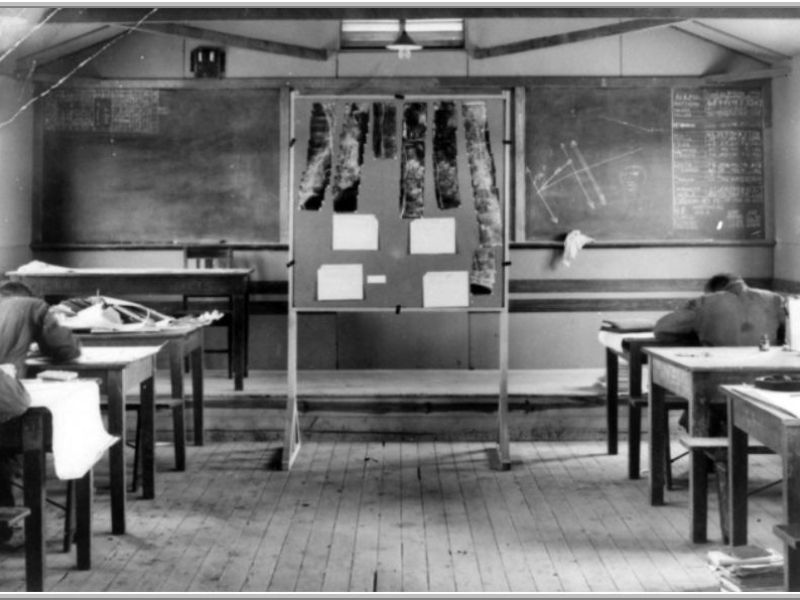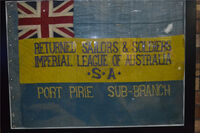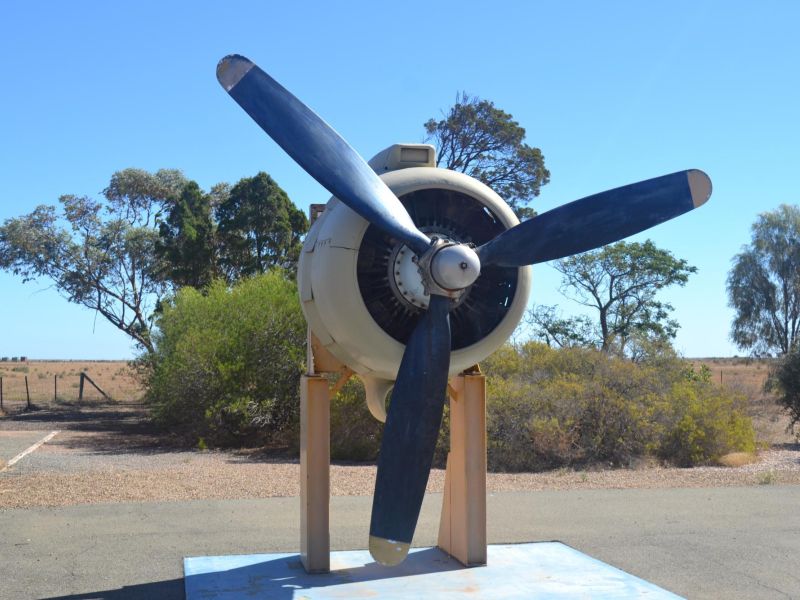No.3 Aerial Observers School
¹ On the 9th of December 1943, No. 2 Bombing & Gunnery School (2 BAGS) was formally redesignated No. 3 Aerial Observers School (3 AOS). After 8 weeks initial training an air observer or aerial observer’s course was of 12 weeks duration. This consisted primarily of navigation (an Aerial Observer was later designated a Navigator), photography reconnaissance and signals which were supported by lessons in mathematics, trigonometry and logarithms. ²Trainees at the navigation course gained a thorough understanding of meteorology, had detailed lessons in the use of maps and charts and learned the theory of dead reckoning.
To navigate the aircraft wireless air observers needed to thoroughly understand the aircrafts instruments, including the airspeed indicator, altimeter, gyroscopes and sighting instruments so this formed an essential part of the navigation course. The training also included lessons in air photography, photo interpretation, and how to install and maintain the aerial cameras. All lessons were then put to practical test in navigation and reconnaissance exercises during cross country and interception training flights.
¹In November 1944, for the first time the 3 AOS returns show some details about the flying carried out. For example, on the 9th November four Avro Ansons flew the course Crystal Brook – Bute – Brinkworth – Jamestown - Port Augusta - Whyalla before returning to base in a time of 2 hours 30 minutes. Such exercises were routine for the unit. By the end of 1944, a total of 833 trainees had passed out of 3 AOS since its commencement the previous December. No. 3 Air Observers School closed in October 1945.
Sources:
¹South Australian Aviation Museum
²The Empire Has an Answer-Tony James Brady
- The Empire Has An Answer https://books.google.com.au/books/about/The_Empire_Has_An_Answer.html?id=N32mDw…

 RSL (Port Pirie Sub Branch) Inc.
RSL (Port Pirie Sub Branch) Inc.